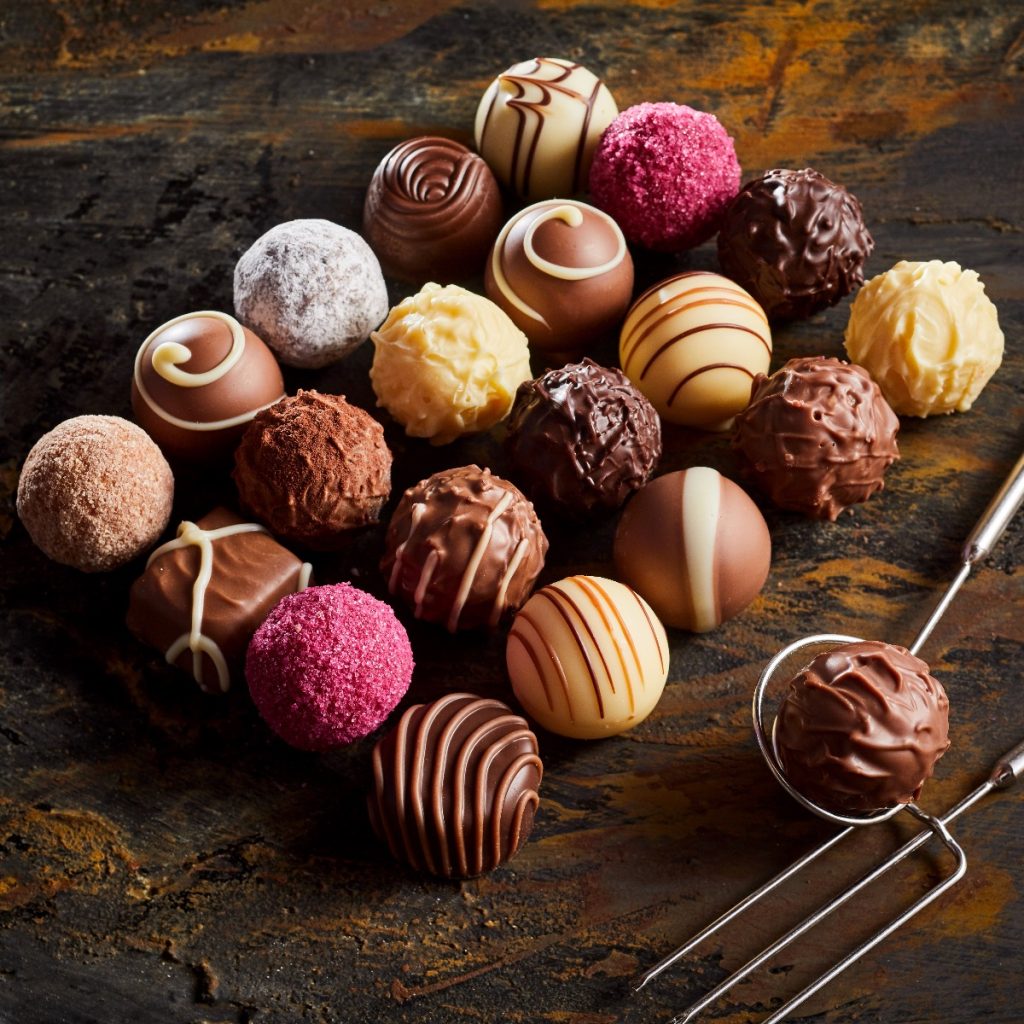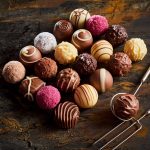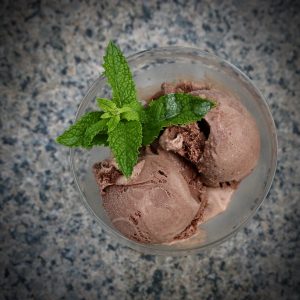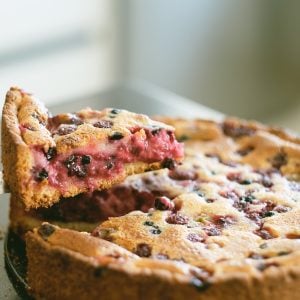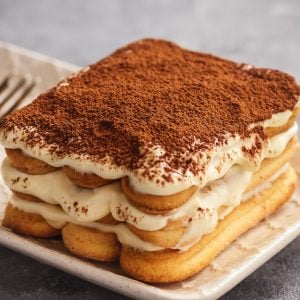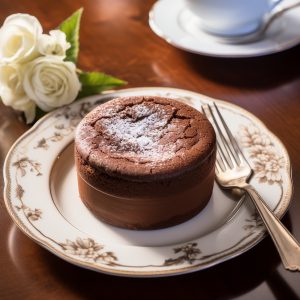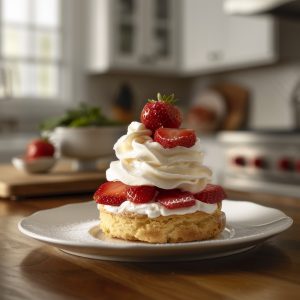All About Chocolate Truffles
Chocolate truffles are one of the easiest ways to impress with very little effort. They look fancy, taste rich, and melt in your mouth. But guess what? You don’t need to be a pastry chef to make them. All it takes is good chocolate, warm cream, and a little patience while they chill. That’s it.
Once you get the basic method down, the possibilities are endless. You can roll them in cocoa powder, dip them in melted chocolate, or coat them with nuts or coconut. Want to add flavor? Try a splash of liqueur, a pinch of sea salt, or a dusting of cinnamon.
These homemade chocolate truffles make great gifts too. Just pack them in a box or jar and watch people light up. They’re perfect for holidays, date nights, or anytime you want a bite of something decadent.
This recipe keeps it simple but gives you plenty of room to play. Whether you like them smooth and classic or bold and boozy, you’ll find a combo that hits the spot. So grab some chocolate and let’s get started. You’ll be surprised how easy it is to make something this delicious at home.
Make Your Own Truffles
A simple truffle recipe that yields about 30 pieces. This recipe can easily be doubled or even tripled.
A Simple Chocolate Truffle Recipe
Ingredients
- 8 ounces semisweet or bittersweet chocolate best quality, cut into small pieces
- ¾ cup heavy whipping cream
- 2 tablespoons unsalted butter
- 1 pinch salt
- 2 tablespoons alcohol Cognac, brandy, Grand Marnier, kirsch, rum, bourbon, or Kahlua to name a few (optional)
- Rolling options: sifted powdered sugar, sifted cocoa powder, finely chopped toasted nuts, crushed espresso beans, etc.
Instructions
- Place the chopped chocolate and salt into a metal bowl.
- Bring the cream and butter to a boil, and pour over the chocolate. Whisk until well combined.
- Whisk in the alcohol, if using, or just add a teaspoon or so of vanilla.
- Pour your ganache into a shallow dish, cover, and refrigerate until firm (several hours to overnight).
- When ready to make your truffles, make sure you have a fairly large work space.
- Wearing thin latex gloves will keep your hands clean and keep the ganache from melting too quickly in your hands.
- Have your rolling options in shallow pans-aluminum pie pans work well.
- Using a melon baller or just a spoon, scoop up some ganache and roll it quickly into an irregular ball shape.
- Drop the truffle into one of the pie plates. Once you have rolled ten or so truffles, shake the pie pan(s) to completely coat the ganache.
- Place finished truffles on a plate or in a storage container. It is easiest to have a separate container for each type of truffle you are making.
- Refrigerate the truffles for up to two weeks, or freeze them for up to two months. You can serve them right from the refrigerator, but they are best if you let them sit out for a half hour or so before serving.
Chocolate Truffle Tips
| Tip | Why It Matters |
|---|---|
| Use high-quality chocolate | The better the chocolate, the better the flavor and texture of the truffles. |
| Chop chocolate finely | Finely chopped chocolate melts faster and more evenly when mixed with warm cream. |
| Heat cream gently | Avoid boiling; gentle heat prevents the chocolate from seizing or burning. |
| Let ganache chill | Chilling allows the ganache to firm up enough to roll into balls easily. |
| Use gloves when rolling | Wearing gloves helps reduce mess and keeps the chocolate from melting too quickly from body heat. |
| Coat while still slightly soft | Slightly soft truffles hold coatings better, whether it’s cocoa powder, nuts, or melted chocolate. |
| Store in the fridge | Refrigeration helps truffles stay firm and fresh, especially in warm environments. |
| Bring to room temp before serving | Truffles taste best and have the perfect texture when slightly softened. |
Types of Chocolate Truffles
| Type of Truffle | Description |
|---|---|
| Classic Dark Chocolate | Rich, bittersweet truffle made with dark chocolate and cream, often dusted with cocoa powder. |
| Milk Chocolate | Smooth and creamy, these truffles are slightly sweeter and softer than dark versions. |
| White Chocolate | Sweet and buttery with a mellow vanilla flavor, made from white chocolate and cream. |
| Liqueur-Infused | Truffles flavored with spirits like Baileys, rum, or Grand Marnier for a boozy twist. |
| Nut-Coated | Rolled in crushed nuts like hazelnuts, almonds, or pistachios for added crunch and flavor. |
| Coconut Truffles | Coated in shredded coconut, often with a hint of coconut cream inside. |
| Spiced Truffles | Infused with spices like cinnamon, chili, or cardamom for a warm, bold flavor. |
| Salted Caramel | Filled with soft caramel and topped with a pinch of flaky sea salt for sweet-salty balance. |
| Fruit-Infused | Blended with fruit purees like raspberry, orange, or cherry for a fruity kick. |
Chocolate Truffle History
Legend says the classic chocolate truffle began by accident in 1920s France. One of Auguste Escoffier’s apprentices made a mistake. Instead of tempering chocolate into an egg mixture, they poured boiling cream over chopped chocolate.
Refusing to waste the costly ingredients, they whisked them together. When the mixture cooled, they rolled it into little balls. To finish, they dusted the balls with cocoa powder.
The uneven shapes resembled the fungus known as truffles. And just like that, the chocolate truffle was born. Although the story may not be true, it reminds us that mistakes can lead to wonderful creations.
In America today, the word “truffle” often describes any chocolate candy filled with cream. These candies may contain caramel, nuts, fruit, or even liqueurs. However, the original French truffle sticks to tradition.
A French chocolate truffle always uses a ganache center. It’s rolled in tempered chocolate, chopped nuts, or cocoa powder. At its simplest, ganache combines two parts quality chocolate and one part cream. Hot cream melts the chocolate, and the mixture becomes smooth and glossy. Once chilled, the ganache is scooped and rolled into balls.
Despite their fancy reputation, chocolate truffles are simple to make. Try them as gifts or elegant desserts with just a little effort!
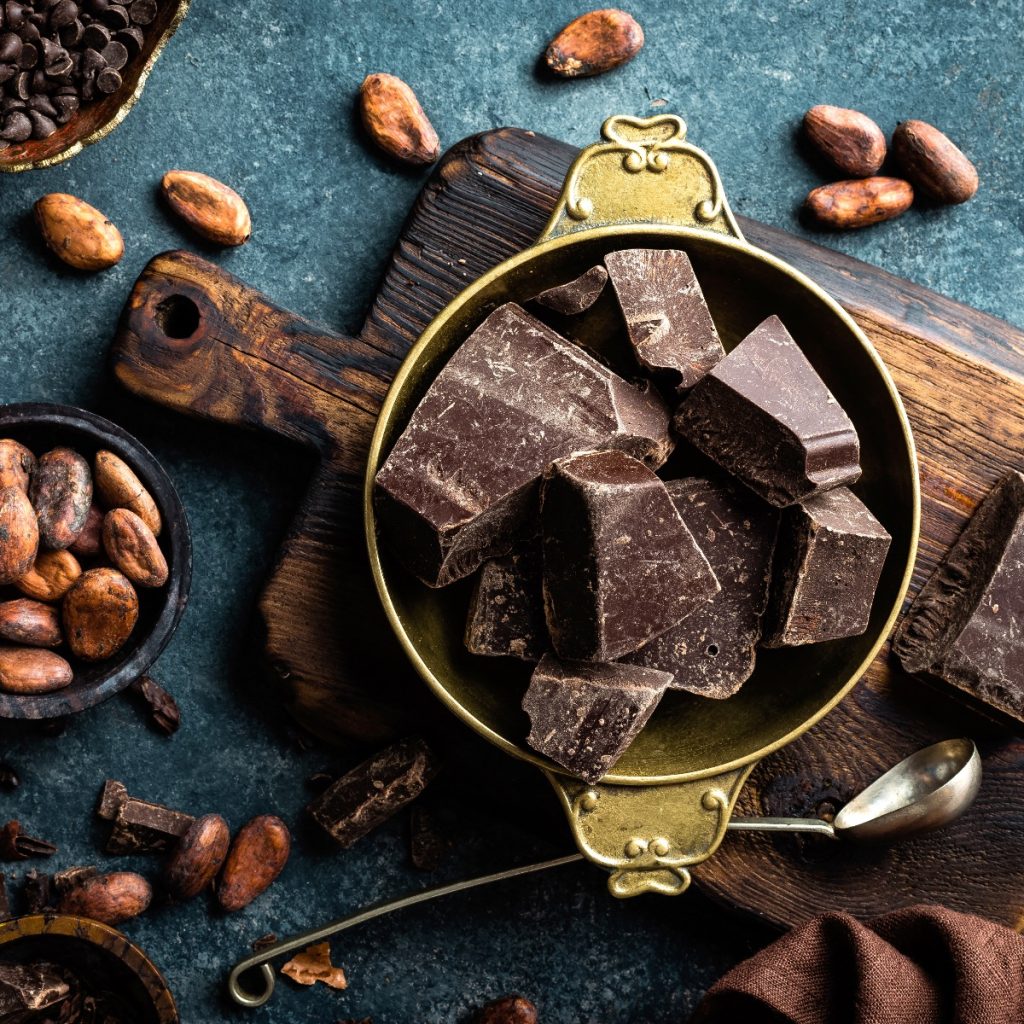
Where Does Chocolate Come From?
Chocolate comes from the cacao tree. These trees grow in warm, tropical climates near the equator. Farmers harvest pods from the trees by hand. Each pod holds dozens of cacao beans.
Once picked, the beans get removed, fermented, and dried in the sun. This process brings out their rich flavor. After drying, the beans are roasted. Roasting deepens the chocolate taste we all know.
Next, the shells are removed, leaving cacao nibs. These nibs are ground into a thick paste called chocolate liquor. From there, the paste gets separated into cocoa solids and cocoa butter.
Chocolate makers blend these parts in different ways. They add sugar, milk powder, and sometimes vanilla. The mixture gets refined, then conched—stirred for hours until it’s smooth.
Finally, the chocolate is tempered. This makes it glossy and snappy when it cools. Then it’s molded, packaged, and ready to eat.
So, from tree to treat, chocolate goes through many steps. Each one helps create that rich, melt-in-your-mouth flavor we love.
What Makes the Chocolate Taste So good?
Chocolate starts with cocoa beans, which grow inside pods on the cocoa tree. Harvesters first pick the pods and open them to reveal the beans. They allow the beans to ferment for about a week and then dry them.
Next, they roast the beans. Roasting enhances flavor and loosens the husks. After roasting, workers crack the beans into small pieces called cocoa nibs. They remove the husks, leaving nibs that are 53% cocoa butter and 47% cocoa solids.
The next step separates cocoa butter from cocoa solids. First, machines grind the nibs into a thick paste called cocoa mass or chocolate liquor. Then, they press the paste to extract the cocoa butter. What remains is pure cocoa solids. When finely ground, these solids become cocoa powder.
To create chocolate for eating or cooking, manufacturers combine chocolate liquor with extra cocoa butter, sugar, vanilla, and sometimes milk solids for milk chocolate. They churn this mixture and refine it to break down particles, creating a smooth texture.
Each step transforms simple cocoa beans into the rich, versatile chocolate we know and love. From powder to bars, every form of chocolate begins with these careful processes.
To learn more about the difference between dark and white chocolate and why chocolate taste sweet, you can check out my All About Chocolate article.

